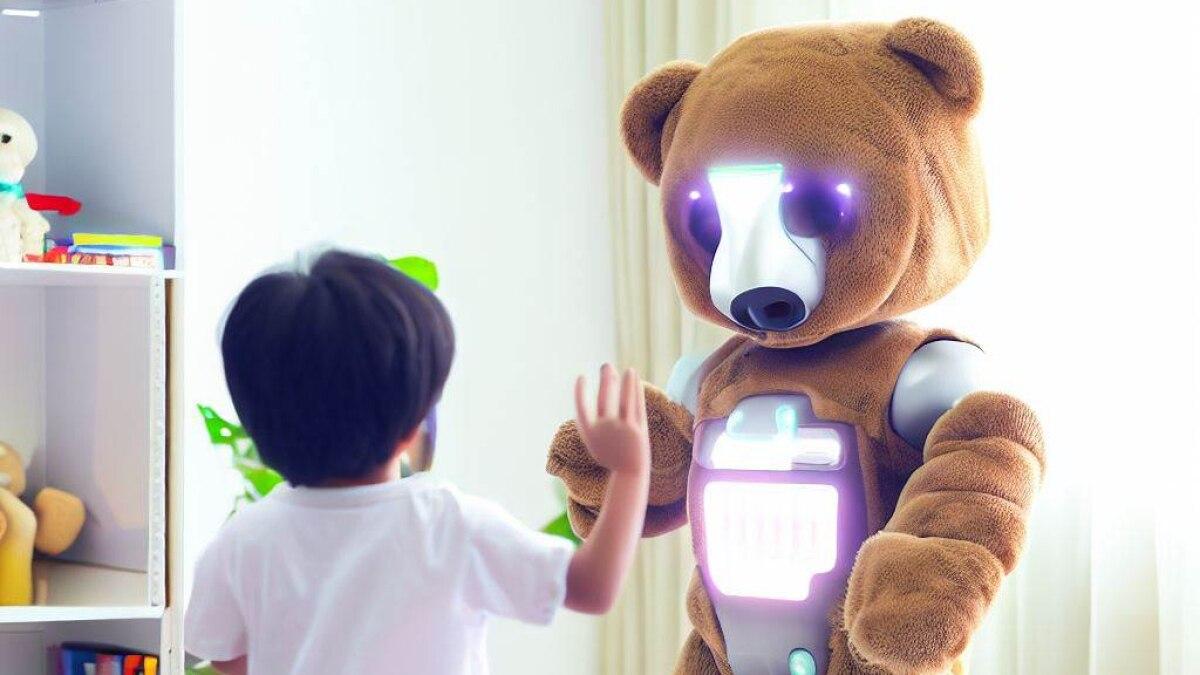The Competitive Landscape for US Smart Toys Market Share

In the rapidly expanding world of intelligent play, the battle for US Smart Toys Market Share is becoming a key focus for companies both new and old. The overall market is set for tremendous growth, with projections indicating a leap from $42 billion in 2024 to $73.3 billion by 2035, fueled by a 5.19% CAGR. Within this growing pie, a dynamic struggle for dominance is unfolding. The competitive landscape is a fascinating mix of established toy industry giants like LEGO, Mattel, and Hasbro, who are integrating technology into their iconic brands, and a new wave of agile tech startups and specialized robotics companies like Sphero and Wonder Workshop, who are digital-native innovators. Capturing a significant share of this market requires a blend of brand trust, technological prowess, and a deep understanding of what captivates today's children.
The strategies employed by these competitors vary significantly. Legacy toy companies often leverage their powerful intellectual property (IP) and extensive global distribution channels as their primary advantage. By creating smart versions of beloved characters and brands—like an interactive LEGO Mario or a conversational Barbie—they can tap into a massive, pre-existing customer base and ensure prime retail placement. Their strategy revolves around infusing technology into familiar play patterns, reducing the barrier to entry for parents who might be wary of entirely new concepts. This approach allows them to defend their historical market share while adapting to the new technological paradigm, making them formidable players in the smart toy space.
On the other hand, tech startups and disruptors are competing by focusing on cutting-edge innovation and niche expertise. These companies often lead the way in areas like artificial intelligence, robotics, and coding education, creating products that are technologically more advanced than what the larger corporations might initially offer. They typically employ a direct-to-consumer (DTC) model, using digital marketing and crowdfunding platforms to build a dedicated community of early adopters. Their agility allows them to iterate and improve their products quickly based on user feedback. While they may lack the scale of the giants, their focus on innovation and authenticity allows them to capture valuable market share, particularly in the highly sought-after educational tech segment.
As the market continues its journey toward $73.3 billion, the distribution of market share will remain in flux. We are likely to see increased collaboration, with toy giants acquiring or partnering with innovative startups to gain access to their technology and talent. The companies that will ultimately command the largest share will be those that can successfully merge the creative art of toy design with the complex science of software development and AI. They will need to build trusted brands that deliver on the promise of safe, engaging, and educational play, all while navigating the rapid pace of technological change in this exciting and highly competitive industry.
Explore Our Latest Trending Reports:
- Art
- Causes
- Crafts
- Dance
- Drinks
- Film
- Fitness
- Food
- Oyunlar
- Gardening
- Health
- Home
- Literature
- Music
- Networking
- Other
- Party
- Religion
- Shopping
- Sports
- Theater
- Wellness


